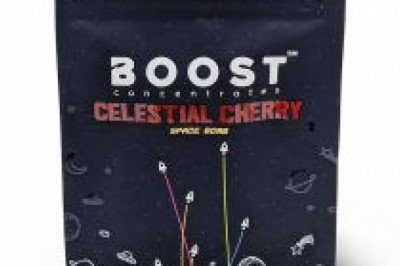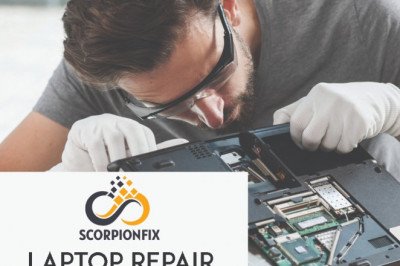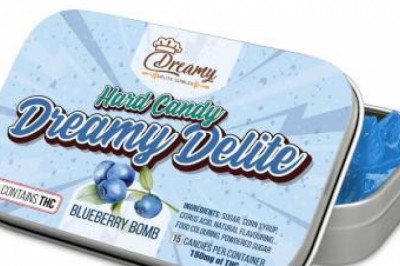views
Working Principle of Plasma Spraying
Plasma spraying uses a compressed arc as the heat source, and the continuous working gas (fluorine, nitrogen, hydrogen, etc.) is ionized through the compressed arc and becomes a high-temperature, high-speed plasma flame, through which the sprayed material is heated to a molten or semi-molten state, and is sprayed with the plasma flame at high speed and deposited on the surface of the roughened and clean substrate, and the sprayed layer is formed after quenching and solidification. The compressed arc is generated by mechanical compression, thermal compression and self-magnetic compression of the ordinary arc.
Technical characteristics of plasma spraying
Compared with other thermal spraying plasma spraying has the following characteristics.
(1) can spray a wide range of materials. Because of the high flame temperature of plasma spraying, its central temperature can reach 32000K, almost all high melting point and high hardness materials, so it is very suitable for ceramic and high melting point material spraying, which can not be achieved by other spraying methods.
(2) dense coating, high bonding strength. Plasma spraying can make the powder to obtain a large kinetic energy, and the powder temperature is high, so the coating obtained by spraying high density, high bonding strength.
(3) The thickness of the coating can be controlled as needed, and the error can be controlled to 0.025mm.
(4) The thermal impact on the workpiece is small. Plasma spraying has little heat input to the workpiece, and the metallographic organization of the base material will not change after spraying, and the workpiece will not be deformed almost. In improving wear resistance, corrosion resistance, heat resistance, while not affecting the original mechanical properties of the body, while the precision workpiece can be sprayed.
(5) High spraying efficiency. When using high-energy plasma equipment, the efficiency of powder deposition can reach 8kg/h.
(6) The spraying material and the material to be sprayed can be freely selected and combined.
Application of plasma spraying
1.Abrasion resistant coating
Wear-resistant coating is a typical application of plasma spraying coating, with high hardness, high melting point, thermal stability and chemical stability, can effectively protect the substrate material, significantly improve the material wear resistance, high temperature resistance, high temperature oxidation resistance, heat shock resistance, corrosion resistance. Common wear-resistant coating materials are oxide ceramics such as Al2O3, ZrO2, Cr2O3, etc., as well as metal ceramics, carbide ceramics, silicide ceramics, nitride ceramics and boride ceramics, such as WC, TiC, Cr2O3, TiB2 and TiCN, etc.
2.Corrosion resistant coating
In recent years, the more widely used corrosion-resistant coatings are Al2O3, TiO2, ZrO2, Cr2O3 and other metal oxide ceramics. The use of plasma spraying technology, spraying a layer of ceramic coating on the surface of low carbon steel, can obtain better wear resistance and corrosion resistance, and maintain its internal good toughness, thus ensuring the reliability and stability of the operation of waterworks machinery.
3.Heat barrier coating
Thermal barrier coating is composed of a ceramic oxide layer with excellent thermal insulation properties and a metal bonding layer that acts as a bond, sprayed on the high temperature resistant metal, super alloy substrate. The role of the ceramic oxide layer is to get a lower temperature along the coating to the substrate, so that the substrate is subjected to a lower temperature, forming a temperature gradient, thereby enhancing the substrate's resistance to high-temperature oxidation and anti-wear properties. The bonding layer acts as a link between the ceramic coating and the substrate. Since the thermal barrier coating reduces the temperature transferred to the substrate material, it provides a certain degree of thermal insulation, allowing the part to operate safely and reliably at high temperatures and improving the thermal efficiency of the workpiece. Thermal barrier coating has high hardness, high chemical stability, can significantly reduce the temperature of the substrate, so it is widely used in aero engines, steam turbines, turbine blades.
4.Superconducting coating
Supersonic plasma spraying superconducting ceramic coating has been a certain amount of research progress. Plasma arc temperature is very high, in the absence of protective gas can be sprayed composite oxide ceramics, also suitable for spraying complex shape of superconducting parts, with high deposition efficiency, for thick film coatings and larger areas of the coating is also easy to prepare. In many areas such as microwave components, magnetic shielding devices, transmission devices and quantum electronic devices have a wide range of applications. Commonly used in plasma spraying of superconducting ceramic coating materials, mainly yttrium barium copper oxygen (YBaCuO) and bismuth strontium calcium copper oxygen (BiSrCaCuO).
5.piezoelectric ceramic coating
Piezoelectric ceramics is a very important functional ceramic materials, mainly used in national defense, aerospace and communications. Lead titanate, barium titanate is a commonly used piezoelectric ceramic materials, lead titanate is characterized by high Curie temperature, high electromechanical coupling coefficient and small dielectric constant; barium titanate (BaTiO3) has high dielectric properties, excellent ferroelectric, dielectric, pyroelectric and good piezoelectric properties, as a heavy piezoelectric ceramic materials in insulators, piezoelectric sensors, capacitors and other electronic components are widely used.











